Shalu monastery was founded by Jetsun Sherab Jungnay in 1040 A.D. in the region of Nyangro near the present day town of Shigatse. In the early fourteenth century it became an important center of learning under Buton Rinpoche (1290-1364), one of Tibet’s greatest scholars. Buton had assured the placement of the one hundred and eight volumes of the foundational texts of Buddhism, the Kangyur, as well as the two hundred volumes of treaties and commentaries, the Tengyur.
It also became a centre for training in magical skills such as trance walking and thumo (generating internal heat to survive in cold weather), feats made famous by the flying monks of Alexandra David-Neel’s book Magic and Mystery in Tibet. As a result of Buton’s efforts, the monastery, originally founded as a Sakya school, became one of the most influential non-sectarian monasteries for centuries to come, known as much for its scholarly excellence as for its’ exquisite wall paintings and frescos.
Buton Rinpoche supervised the creation of 499 tantric mandalas and, upon his advice, Prince Drakpa Gyaltsen authorized the extension and renovation of the monastery. One of the rare sacred sites to escape destruction during the Cultural Revolution, the interior art is impressively preserved, though in various stages of degradation. The early 14th c murals at Shalu were created at an interesting historical juncture in Tibetan history when royal members of the Shalu and Sakya clans had intermarried and when Sakya hierarchs acted as governors of Tibet for the Mongols. During this time of Mongol patronage, many Han artisans, as well as Tibetan, Mongolian and Nepali, were employed in the creation of the interior and exterior features of Shalu. The green-tiled Chinese-style roof, clearly visible as you approach, is one of the monastery’s most easily recognisable features. The architectural design of the monastery represents the mandala of Avalokiteshvara, and much of the interior was painted under the supervision of Aniko, a famous Newari master, creating some of the most extraordinary Buddhist art in the world.



